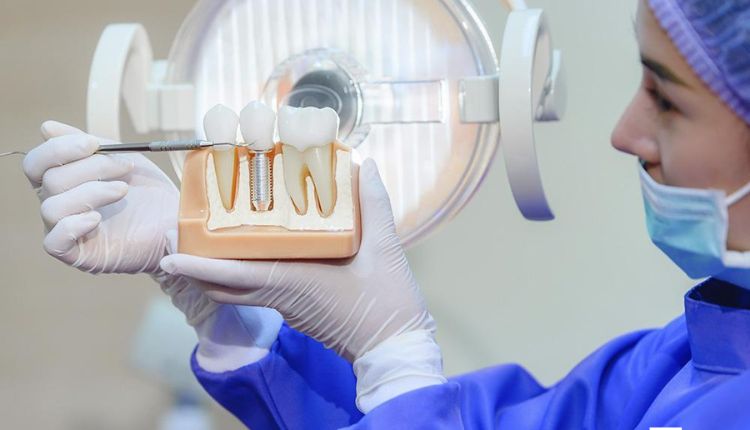A well-designed and functional piece of furniture can enhance not only the aesthetics but also the functionality of the workspace. The office desk is a crucial piece of furniture that plays a vital role in enhancing the productivity of employees. There are several types of office desks, each designed to cater to different needs and preferences.
In the following section of the article, you can learn about the different types of office desks and their benefits.
Executive Desks:
Executive desks are typically larger and are designed for top-level executives. They often have a sophisticated and elegant look that conveys power and prestige. These desks are usually made from high-quality materials such as wood, metal, or glass. They often feature drawers and compartments for storage, and some may even have built-in filing cabinets. Executive desks are ideal for those who need ample workspace and storage.
Standing Desks:
Standing desks are becoming increasingly popular as people are becoming more health-conscious. These desks are designed to be used while standing up, which can help reduce the risk of health problems associated with prolonged sitting. Standing desks come in various styles and designs and are ideal for people who spend a lot of time at their desks and want to maintain a healthy posture.
Adjustable Desks:
Adjustable desks are designed to cater to different needs and preferences. They can be adjusted in height to accommodate different workstations and body types. Some adjustable desks come with built-in motorised mechanisms that allow you to adjust the desk’s height with a push of a button. These desks are ideal for those who require versatility and flexibility in their workspace.
L-Shaped Desks:
L-shaped desks are ideal for those who require ample workspace. These desks are designed to fit into a corner, making them perfect for small offices or home offices. They provide a large surface area for working and often feature drawers and compartments for storage. L-shaped desks are also ideal for people who need to multitask, as they provide separate workspaces for different tasks.
Computer Desks:
Computer desks are designed specifically for people who work with computers. These desks often feature a keyboard tray, a mouse pad, and compartments for storage. They are usually compact and are ideal for small offices or home offices. Some computer desks have built-in features such as USB ports and charging stations, making them ideal for those who need to keep their devices charged and organised.
Reception Desks:
Reception desks are designed for use in reception areas and lobbies. These desks often feature a large work surface for a receptionist to greet visitors and answer phones. They may also feature storage compartments and filing cabinets for organising paperwork. Reception desks are the first impression visitors get of a company, so they must look professional and well-designed.
Collaborative Desks:
Collaborative desks are designed to encourage teamwork and collaboration in the workplace. These desks are usually larger and designed to accommodate several people working together. They often feature a large surface area and may have built-in storage compartments. Collaborative desks are ideal for businesses that emphasise teamwork and collaboration in their work environment.
The type of office desk you choose can significantly impact your productivity and overall well-being. Whether you’re an executive who requires a larger and more sophisticated desk or someone who needs to stand and move around while working, there is a desk out there to cater to your needs. By considering the various types of desks available and their benefits, you can create a workspace that looks good and promotes a comfortable and healthy work environment.












